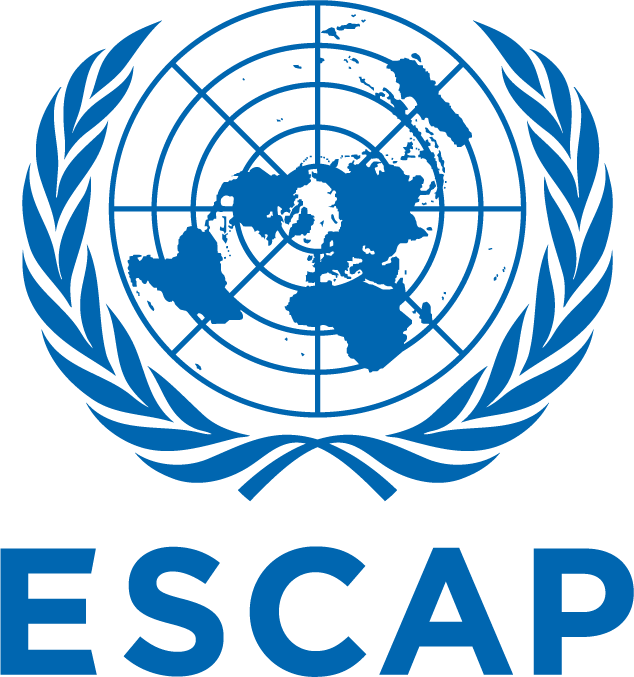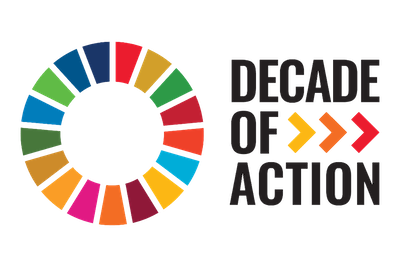At present, South Asia is among the sub-regions where the spread of COVID-19 transmission is peaking. The intersection of the pandemic with the climate emergencies has created challenges that sub-region has not dealt with before and could magnify the negative impacts in some countries. Implementation of response strategies and pre-emptive actions that factor into the current pandemic are needed to protect the vulnerable community exposed to extreme climate events from becoming new epicentres of the pandemic.
In South Asia, against a backdrop of existing critical socioeconomic vulnerabilities, the deluge of weather events starting from cyclones, to floods to the related outbreaks of water/vector-borne diseases demonstrate how disaster impacts cascade and converge and threaten the very chains that hold economic and social systems together. South Asian countries have always been highly vulnerable to natural disasters. But for the first time in living memory, these natural disasters have hit amid a global pandemic.
The intersection of COVID-19 and extreme climate events reminds us once again the shared vulnerabilities of South Asia and urgency of sub-regional actions to address the crisis of cascading disasters that are impacting SDG progress in the sub-region. In the context of addressing cascading risks and bringing together multiple stakeholders under one discussion platform, UNESCAP with National Institute of Disaster Management (NIDM), India, SAARC TB and HIV/AIDS Centre (STAC), and BIMSTEC Centre for Weather and Climate Centre (BCWC), engaged in an expert webinar series.
The COVID-19 pandemic has made it clear that biological and natural hazards intersect with each other and increase the complexity of overall disaster impacts on populations and economies. But disaster management and risk analytics have been slow to capture the intersections of natural and biological hazards or capture the dimensions of interconnectedness and cascading effects to the social, economic, and environmental ecosystems.


